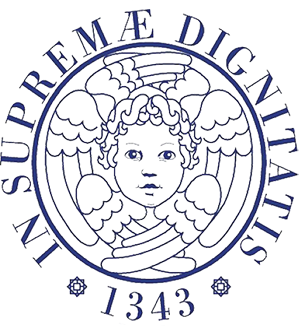Definition:
It is a maneuver that involves the use of an endoscopic instrument (ureteroscope) that allows access through the ureter for the treatment of generally low grade and pathological ureteral neoplasms.
Indications:
- Ureteral neoplasms with low malignancy;
- Ureteral neoplasms in patients with single (surgical or congenital) kidney;
- Ureteral neoplasms in patients with renal insufficiency or other pathologies considered not eligible for demolition surgery.
Technical Description:
The technique involves the use of an endoscopic instrument (rigid or semi-rigid ureteroscope) that, introduced into the bladder through the urethra, allows visualization of the ureteral meat and its cannulation.
The characteristics of the ureteroscope are such as to permit the direct examination of the ureter following its course. Optional instruments with the ureteroscope can be used for biopsy tests (tissue sampling), therapeutic treatments (removal of neo formations, coagulation or laser lightning). After removing the neoplasm, the base will be thermo-coagulated or treated with lasers in order to complete the eradication of the neoplasm and perform the hemostasis.
A ureteral tutor will be maintained from 3-4 days to 2-4 weeks depending on the number of neo formations, the amplitude of the baseline of the neoplasm and the ureter status.
Preparation for intervention:
Preparation similar to other endoscopic interventions:
- Fasting from midnight (the day before the intervention);
- Diet free of slag and possibly evacuating enema;
- Trichotomy;
- Antibiotic prophylaxis;
- Antithrombotic prophylaxis in case of particular problems of the patient.
Duration of intervention:
The intervention lasts for about 30 minutes, except for complications that may require additional maneuvers.
Type and duration of hospitalization:
This is an ordinary hospitalization with an average stay of 2 to 5 days.
Results:
- The results show 64.7% of patients free of relapses at two years;
- Excellent results in patients with only one kidney (congenital or surgical), in which the technique avoids or delays dialysis therapy.
Advantages:
- Low morbidity;
- Conservative therapy;
- Therapy executable in patients with: single (congenital or surgical) kidney, bilateral ureteral neoplasms, severe impairment of renal function.
Disadvantages:
- General anesthesia to locate neoplasms in proximal ureter;
- Possibility of re-intervention;
- Possible irritation in the postoperative period.
Side effects:
Bladder-ureteral reflux in patients with bladder-ureteral tutors.
Complications:
- Ureteral puncture during the intervention;
- Postoperative stenoses (belated);
- Infections of the high urinary tract.
At discharge:
A morigerized period of life (reduced physical stress, abundant hydration) is recommended.
Normal work activity, as far as the procedure is concerned, can be resumed after about a week after discharge, unless unexpected events.
How to behave in case of complications arising after discharge:
In case of hemorrhage or colic pain, contact the urologist.
In the case of persistence or appearance of irritation or fever, the patient may refer to his / her doctor in the first place.
Checks:
- Periodical cystoscopic examinations (in accordance with current protocols);
- Urinary cytology;
- Semester evaluation with ureteropyelography or ureteroscopy.

